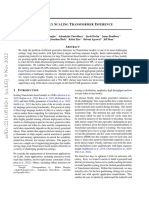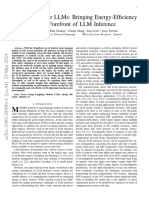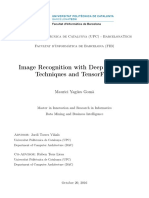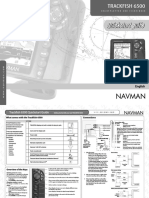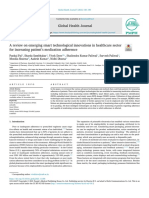0% found this document useful (0 votes)
27 views8 pagesParallax Inference Paper
PARALLAX is a distributed inference framework designed to efficiently execute large language models across diverse computing resources, from data-center GPUs to consumer devices like Apple Silicon Macs. It introduces a novel pipeline parallelism algorithm that significantly reduces latency and improves throughput, achieving up to 3.1× performance gains over existing systems. The framework addresses accessibility challenges in LLM inference by leveraging untapped consumer hardware and optimizing communication patterns across decentralized networks.
Uploaded by
vivianenjoylifeCopyright
© © All Rights Reserved
We take content rights seriously. If you suspect this is your content, claim it here.
Available Formats
Download as PDF, TXT or read online on Scribd
0% found this document useful (0 votes)
27 views8 pagesParallax Inference Paper
PARALLAX is a distributed inference framework designed to efficiently execute large language models across diverse computing resources, from data-center GPUs to consumer devices like Apple Silicon Macs. It introduces a novel pipeline parallelism algorithm that significantly reduces latency and improves throughput, achieving up to 3.1× performance gains over existing systems. The framework addresses accessibility challenges in LLM inference by leveraging untapped consumer hardware and optimizing communication patterns across decentralized networks.
Uploaded by
vivianenjoylifeCopyright
© © All Rights Reserved
We take content rights seriously. If you suspect this is your content, claim it here.
Available Formats
Download as PDF, TXT or read online on Scribd
/ 8






















